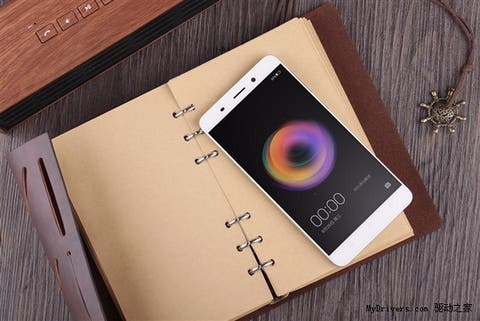Security specialists turned phone maker 360 announced their range of smartphones in China this week sporting either Mediatek or Qualcomm chips. Here are the full Qiku 360 specs.
Qiku are yet another newcomer to the Chinese phone market. Following content streaming provider LeTV and Lenovo’s new ZUK sub brand, software maker 360 now sell 3 Android smartphones.
The 3 models cover all price bases with the most affordable model coming in at just 1199 Yuan, while the flagship “Exclusive Edition” costing a huge 3599 Yuan. Sitting between those two models is the “Ultimate Edition “ for the familiar 1999 Yuan price point.
Going over the specifications of the two more expensive models we can also see that those early leaks were in fact accurate and both phones come with dual rear cameras. All 3 phones have rear fingerprint scanners.
Qiku Youth Edition
Costing 1199 Yuan, the Qiku Youth model is looking to square up to the likes of the LeTV Le1 and the newly released Xiaomi Redmi Note 2, and unsurprisingly the phone comes with a 5.5-inch 1080 display, 3GB RAM and 16GB internal memory. The front camera is a highlight at this price point being an 8 mega-pixel, while the rear is a 13 mega-pixel sensor. Another standout feature is the fingerprint scanner and alloy body.
But there is one point which does jump out and that is the processor. Like the LeTV and Xiaomi phones of a similar price the Qiku Youth has a Mediatek chip, but in this phone it is the MT6752 processor with a much lower clock speed and slower GPU.
Qiku Ultimate
Costing 1999 Yuan the Qiku Ultimate will be set to take up the battle with the OnePlus 2 and newly launched ZUK Z1. This time we see a larger 6-inch 1920 x 1080 display, 3GB RAM, 16GB memory, 8 mega-pixel front camera and dual 13 mega-pixel rear cameras.
Construction is alloy again and the rear has a fingerprint scanner. Processing power comes from Qulacomm this time and their Snapdragon 808 processor.
Qiku Exclusive Edition
Sitting at the top of the Qiku heap is the 6-inch Exclusive model. In this phone we see a higher 2K resolution, 4GB RAM, 64GB internal storage, 8 mega-pixel front camera and dual 13 mega-pixel rear.
Qualcomm once again supply the processor but this is Snapdragon 810’s turn to show up!
Other details include 2.5D glass, but oddly enough we have no details of the battery size of each model. What we do know though is that each phone will be offered with a set of security tools including a VPN which is an interesting choice for a Chinese phone vendor to include.
We’ll have more news about the Qiku range of phones, but from what you see so far what do you think?
Follow Gizchina.com on Google News for news and updates in the technology sector.

Here a bit more info, note the mention of international expansion http://www.prnewswire.com/news-releases/qiku-shakes-up-the-asian-mobile-market-with-revolutionary-new-smartphones-300133413.html
beautiful phone AND i don’t see no black bars hmm hmm
edit: nvm it has thick black bars
you never see black bars in renders & presentation material. look how they use a black background in the promo shot, so you still can’t tell if it has or not.
have to wait for some real shots of it working to tell if it will have black bars or not
thanks for that link. seems like they are little bit bigger than for example on the ZUK Z1
Exactly what I was about to say. Why didn’t they make the Ultimate 32GB? And that’s the one I’m not interested in. But with the 16GB, I may have to pass unless they introduce a 32GB model.
Here a bit more info, note the mention of international expansion http://www.prnewswire.com/news-releases/qiku-shakes-up-the-asian-mobile-market-with-revolutionary-new-smartphones-300133413.html
its antutu score is more than 50,000, it’s so terrible
Yup. Antutu scores on Chinese mobile phones are the most reliable way to measure performance. /s
usually offical score is high enough ,i hope the real Antutu score is good
For actual graphics performance use Futuremark’s Ice Storm and for CPU bench use Geekbench.
Antutu`s 3D test is horribly outdated and it favours older ES2.0 tech like the Mali MP450 as it does not account for the lack of framebuffer effects and additional embedded features, and it’s CPU test can be optimized by developers to score more than the real world performance is.
Not saying that Antutu is wrong, but on some SoC it`s a bit of a cheat.